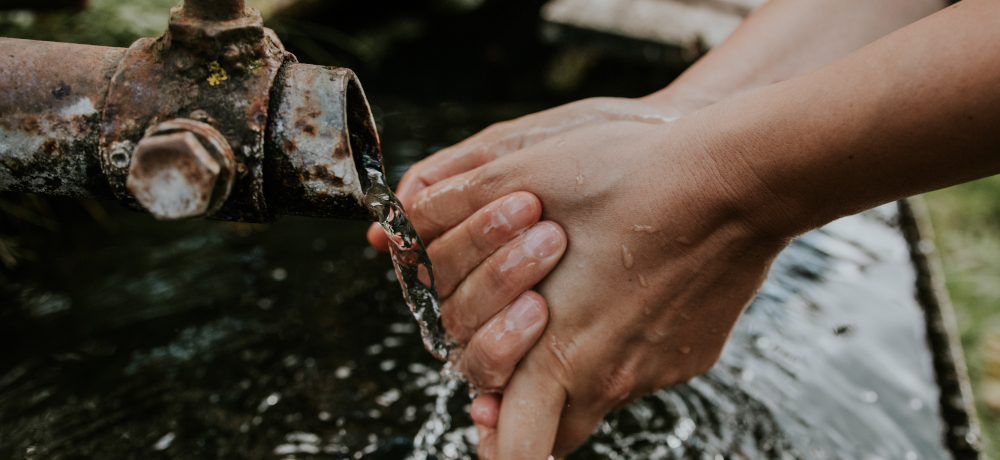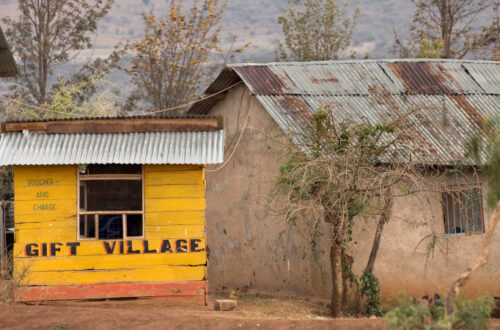
Clean Water for the Karoo with Solar-Powered Innovation
In the arid expanse of South Africa’s Karoo, where drought and water scarcity are part of daily life, access to clean drinking water has long been an urgent issue. Amid this harsh reality, a forward-thinking pilot project is introducing solar-powered water purification units to some of the region’s most remote communities. Designed for mobility and simplicity, these units harness the Karoo’s abundant sunlight to purify groundwater and limited surface sources, delivering thousands of litres of safe, drinkable water each day without the need for traditional infrastructure.
Already, the impact is visible. In places like Victoria West, communities that once depended on inconsistent borehole deliveries now have a reliable source of clean water. The purification units are placed at key locations such as clinics and schools, dramatically improving hygiene and reducing the time and energy spent on water collection. The project also includes local training initiatives, ensuring that residents are equipped to maintain and operate the systems themselves, fostering a sense of ownership and long-term sustainability.
As the pilot phase shows promising results, there are growing calls to expand the initiative to other drought-prone regions in the Eastern and Northern Cape. Its grassroots approach, environmental consciousness, and practical effectiveness have caught the attention of both development agencies and public health advocates. In an era of climate stress and infrastructural inequality, these solar-powered purification units offer a hopeful model, where innovation, local knowledge, and the power of the sun converge to meet one of life’s most basic human needs.
Unlike many top-down infrastructure projects, the solar water initiative is rooted in community needs and driven by collaboration between local NGOs, engineers, and traditional authorities. The system harnesses the abundant sunlight of the Karoo to power compact filtration units capable of purifying groundwater and even limited surface sources. The technology, while modest in appearance, is potent: a single unit can process up to 5,000 litres per day, enough to meet the daily needs of dozens of households.
Life-Changing Impact
In the small town of Victoria West, residents have already seen tangible benefits. Before the pilot’s rollout, many households relied on sporadic borehole deliveries or had to travel kilometres to access clean water. Now, the solar unit, stationed at a local clinic, supplies consistent, safe water not only to the facility but also to surrounding homes. Nurse Julia Mokoena remarks, “We used to spend half our day worrying whether there’d be enough water to clean wounds or sterilise equipment. That stress is gone.”
 A key strength of the project is its focus on sustainability. Maintenance training is provided to local residents, ensuring that the units are not only functional but become a permanent fixture in community life. This knowledge transfer reduces dependency on outside technicians and builds a sense of ownership among the residents. Importantly, the programme also avoids environmentally harmful byproducts, making it a model of green innovation suitable for other arid regions.
A key strength of the project is its focus on sustainability. Maintenance training is provided to local residents, ensuring that the units are not only functional but become a permanent fixture in community life. This knowledge transfer reduces dependency on outside technicians and builds a sense of ownership among the residents. Importantly, the programme also avoids environmentally harmful byproducts, making it a model of green innovation suitable for other arid regions.
Elder Sipho Marais, a community leader in Fraserburg, speaks with pride about the unit installed near the town’s primary school. “The children no longer have to bring water from home. And they’re learning how science can help their lives. It’s changing how they see education.”
This merging of science and service speaks to the broader goals of the project, building resilience, restoring dignity, and demonstrating how tailored innovation can uplift entire communities.
Scaling with Integrity
With positive early feedback from three pilot locations, plans are underway to expand the project to other parts of the Karoo and similar drought-stricken areas in the Eastern Cape and Northern Cape. Crucially, the expansion model respects local contexts, prioritising community consultation and environmental impact assessments before rollout. There are also discussions about integrating water-quality monitoring sensors to provide real-time data, increasing transparency and trust.
Though in its early stages, the Karoo project is already attracting attention from public health experts and development agencies across Southern Africa. With climate change exacerbating water scarcity across the continent, solar-powered purification presents a scalable, low-maintenance alternative to large infrastructure projects, many of which stall due to cost or corruption.
In a region long overlooked and underserved, the simple promise of clean water, delivered by sunlight and shaped by community hands, feels almost revolutionary. For the residents of the Karoo, it’s not just about technology, it’s about the dignity of being able to drink safely, wash with ease, and live with one less daily fear. As the solar panels soak up another bright Karoo morning, the future shimmers on the horizon, not just with heat, but with hope.




